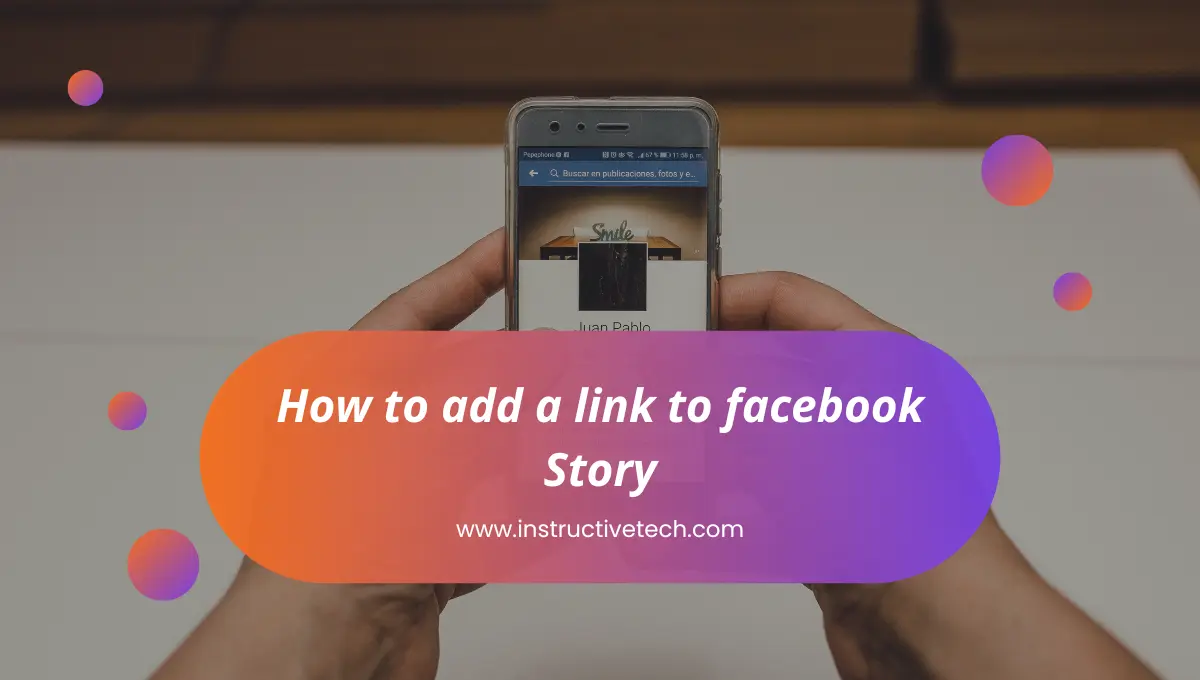In recent years, artificial intelligence (AI) has made remarkable strides in transforming various industries. From automating tasks to enhancing productivity, AI has shown its prowess in many areas. One such realm is video editing, where AI-powered tools are revolutionizing the creative process.
This article delves into the potential of AI in video editing, its current capabilities, and the challenges it faces.
The Rising Role of AI in Video Editing
Leveraging AI’s Efficiency for Faster Editing Processes
AI’s integration into video editing software brings tremendous advantages, including increased efficiency and speed. With the ability to analyze and process vast amounts of data, AI algorithms can quickly identify and categorize video content. This automation simplifies the sorting, tagging, and organization of footage, saving editors significant time during the pre-production phase.
Furthermore, AI algorithms excel at identifying key moments in a video, such as exciting action sequences or emotional highlights. By detecting these moments, AI can automatically create rough cuts, significantly reducing the time required for manual editing. Editors can then focus on refining the AI-generated edits, resulting in a more streamlined and efficient editing workflow.
Enhancing Video Quality and Post-Production Effects
AI algorithms are not limited to basic editing tasks but can also enhance video quality and post-production effects. For instance, AI-powered software can remove unwanted objects or people from the footage, seamlessly filling the gaps in the surrounding environment. This technology eliminates the need for complex manual editing and delivers visually stunning results.
Additionally, AI can automatically stabilize shaky footage, making it appear smooth and professional. The software analyzes each frame, identifies the camera’s movements, and compensates for them, resulting in a more visually appealing and immersive viewing experience.
Advanced AI Features for Seamless Transitions and Audio Processing
Transitioning between scenes and shots is a crucial aspect of video editing. AI brings new possibilities by offering intelligent transition suggestions based on the content and context of the footage. By analyzing the visual and auditory elements, AI can recommend the most suitable transitions, ensuring seamless flow and enhancing the overall viewing experience.
Moreover, AI-powered tools can improve audio processing by automatically adjusting levels, reducing background noise, and enhancing clarity. This capability ensures that the audio quality matches the visual excellence of the video, producing a professional-grade final product.
The Limitations and Challenges of AI in Video Editing
Despite its remarkable potential, AI still faces certain limitations and challenges in the realm of video editing. One notable limitation is the lack of creative intuition. While AI algorithms can perform certain tasks efficiently, they may struggle with subjective decisions that require artistic judgment. For instance, determining the perfect pacing or selecting shots based on emotional impact are aspects that often demand human expertise.
Another challenge lies in AI’s ability to handle complex storytelling. While AI can detect and categorize content, understanding the narrative structure and character arcs might be beyond its current capabilities. This limitation highlights the importance of human editors who can provide creative direction and imbue videos with a distinct storytelling perspective.
The Future of AI in Video Editing
Despite the challenges, the future looks promising for AI in video editing. As technology advances, AI algorithms will continue to improve in their ability to understand human creativity and replicate it. We can expect AI to become an indispensable tool, aiding editors in automating repetitive tasks and allowing them to focus on the more intricate aspects of the creative process.
FAQ’s
Can AI replace video editors?
While AI has made significant strides in automating certain aspects of video editing, it is unlikely to completely replace human video editors. AI excels at tasks like automatic scene detection, noise reduction, and basic editing functions. However, the artistic and creative aspects of video editing, such as storytelling, pacing, and emotional impact, require human intuition, creativity, and expertise. AI is more likely to assist and augment the work of video editors rather than replace them entirely.
How can AI enhance the video editing process?
AI can enhance video editing by offering various intelligent tools and features. For example, AI algorithms can analyze footage to automatically tag and organize content, making it easier for editors to locate specific scenes. AI can also suggest optimized cuts, transitions, and color grading options based on predefined styles or learned preferences. Furthermore, AI-powered visual effects and post-processing techniques can enhance the overall quality of videos, saving time for editors and achieving professional results more efficiently.
Conclusion:
AI’s integration into video editing is transforming the industry, providing enhanced efficiency, streamlined workflows, and improved visual and audio quality. While there are limitations to AI’s current capabilities, the potential for growth is immense. As AI algorithms become more sophisticated, they will undoubtedly play an increasingly significant role in video editing, revolutionizing
the way content creators approach their craft. Embracing AI’s potential while leveraging human creativity and intuition will pave the way for a future where video editing becomes more accessible, efficient, and captivating than ever before.
Boost WooCommerce Security: Set Up OTP Login in WordPress
Passwords, while essential for security, can be vulnerable to hacking and breaches. To add an extra layer of protection for your WooCommerce store, consider implementing an … Read more …
How to Create Woocommerce Flutter App for WordPress free
Absolutely! Let’s break down how to create a WooCommerce Flutter app for your WordPress store. Here’s a comprehensive outline of the process and essential considerations: 1. … Read more …




